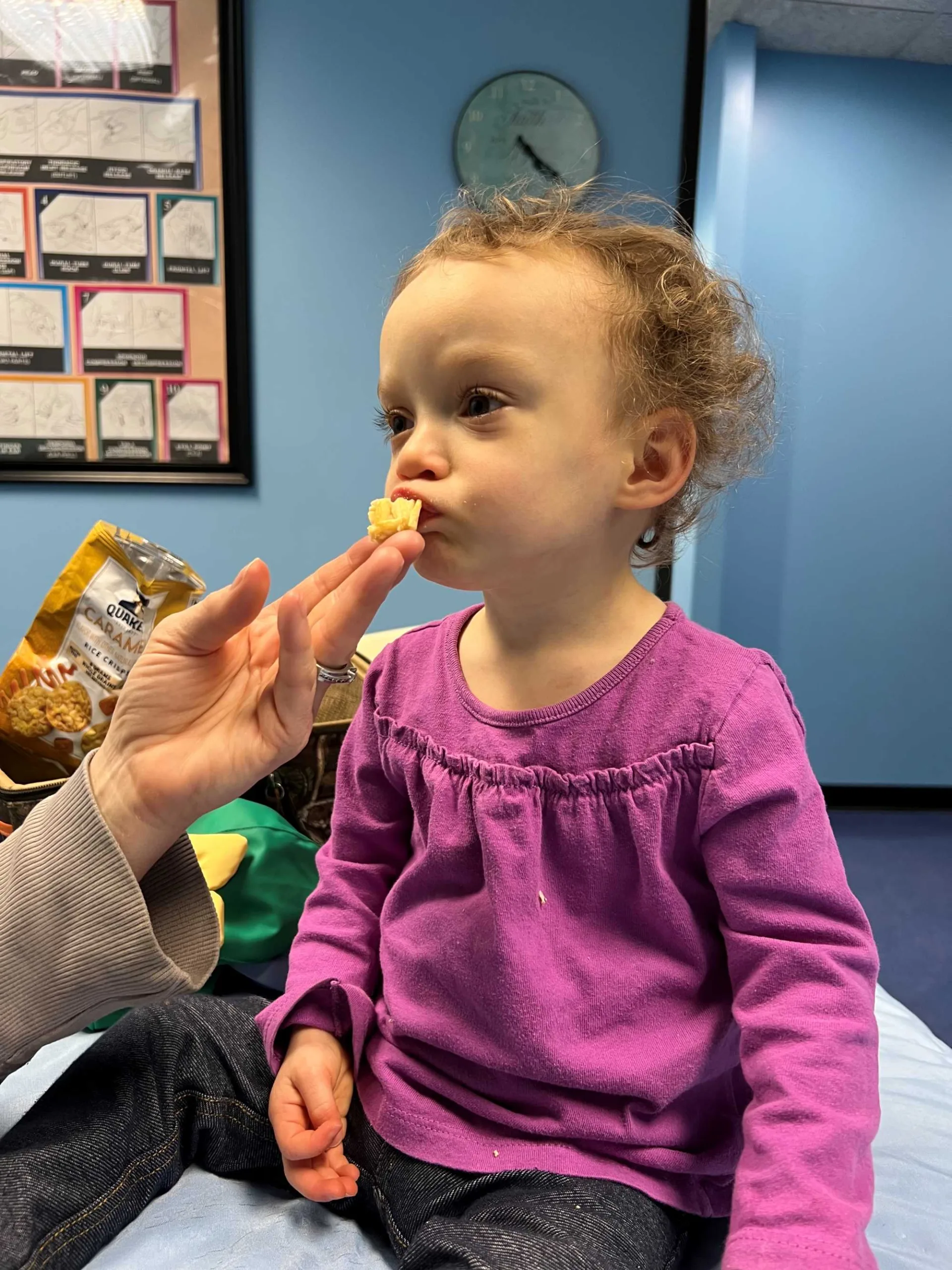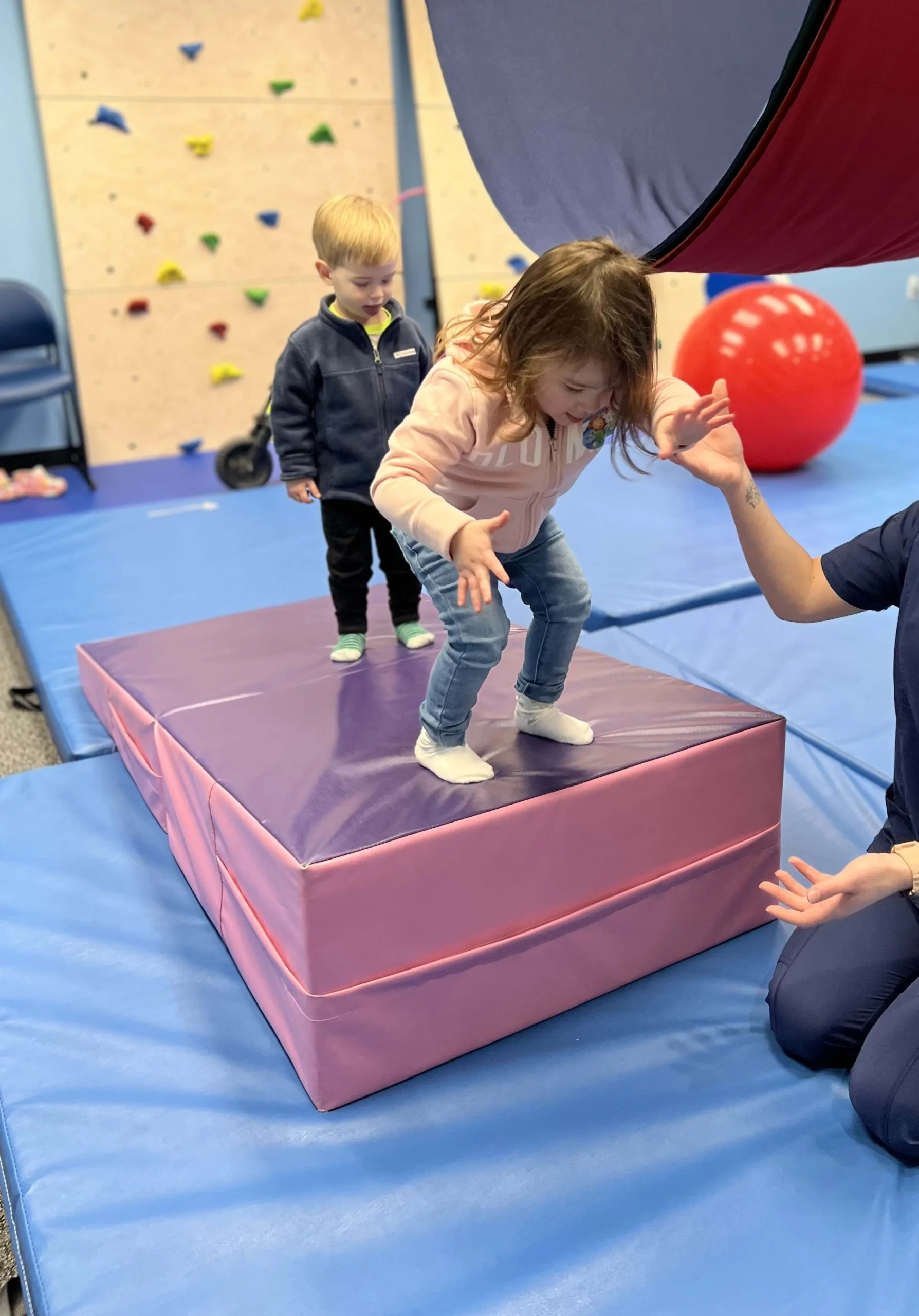In the intricate tapestry of childhood development, each thread contributes to the whole, weaving the story of a child’s growth and well-being. Sometimes, however, certain patterns emerge that prompt us to pause and consider whether our child’s journey requires additional support. This blog explores various indicators that may lead to considering occupational therapy (OT) for feeding or sensory issues, shedding light on how this specialized intervention can empower your child.
Exploring the Signposts of Developmental Challenges: A Closer Look
1. Eating Challenges: Unraveling the Complex Relationship with Food
- Does your child have a limited palate, sticking to 10 foods or fewer?
- Is there resistance to certain textures, leading to gagging or refusal of specific foods?
- Are mealtimes marked by disinterest or difficulty using utensils?
Navigating Nutritional Pathways: The Role of Occupational Therapy
Addressing these eating challenges isn’t just about expanding the menu; it’s about fostering a positive relationship with food. Occupational therapy can offer strategies to overcome sensory sensitivities, making mealtimes an enjoyable experience.


2. Movement Dilemmas: The Balance Between Seeking and Avoiding
- Is your child overly seeking movement or, conversely, avoiding activities like swinging, spinning, or jumping?
- Does your child often require frequent movement breaks or display restlessness in their seat?
- Are coordination difficulties apparent, making movements appear clumsy or awkward?
Harmony in Motion: Occupational Therapy’s Dance with Development
Occupational therapy dives into the world of movement, helping children find balance. From addressing coordination challenges to creating personalized movement plans, it ensures that your child’s physical experiences align with their developmental needs.

3. Sensory Sensitivities: Navigating the World of Sounds and Textures
- Does your child dislike noisy places or get easily distracted by background sounds?
- Is there an aversion to messy play or reluctance to get hands dirty?
The Symphony of Senses: Occupational Therapy’s Tune-Up
Sensory sensitivities can impact a child’s daily life. Occupational therapy collaborates with these sensitivities, crafting interventions to help your child navigate and thrive in sensory-rich environments.

4. Feeding Hurdles: Beyond the Basics of Breastfeeding and Bottle-Feeding
- Does your child struggle with latching during breastfeeding or face challenges with bottle-feeding?
- Are there concerns about the refusal of certain textures or frequent gagging?
Nurturing Nourishment: Occupational Therapy’s Table of Support
Occupational therapy steps in as a guide throughout the feeding journey. From addressing latch issues to navigating texture preferences, it ensures that every mealtime becomes an opportunity for growth.


5. Emotional Resilience: Calming Strategies for Turbulent Moments
- Does your child find it challenging to calm themselves when upset?
Embracing Emotional Wellness: Occupational Therapy’s Anchor
Occupational therapy extends beyond the physical, offering tools for emotional regulation. By understanding your child’s unique needs, therapists can create strategies to navigate and express emotions effectively.

The Path to Support: Initiating an Occupational Therapy Journey
If you resonate with any of the questions posed, initiating a conversation with your child’s pediatrician is the first step. Following a positive acknowledgment, reach out to us at Michigan Pediatric Therapy to open the door to a complimentary in-person or phone consultation. This initial step is a gateway to a collaborative journey, where we tailor interventions to your child’s specific needs, fostering an environment for optimal growth and development.
Crafting a Narrative of Growth and Resilience
Every child’s journey is a unique narrative, filled with twists, turns, and moments of discovery. Occupational therapy is the pen that helps craft this story, ensuring that each developmental chapter is written with intention and support. By recognizing the signposts and seeking the assistance of occupational therapy, you are not just addressing challenges but also providing your child with the tools to thrive and flourish on their individual journey.



